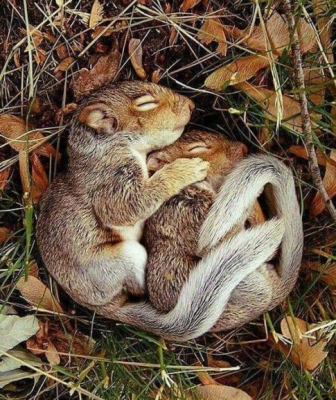How do people rescue animals?
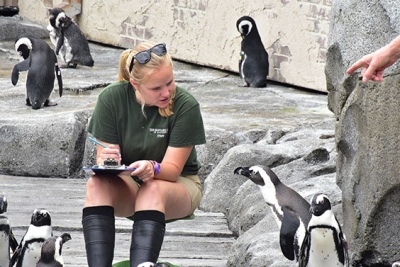
People to the Rescue
Many people around the world are doing all they can to help save animals from becoming extinct. Zoos used to be just a collection of animals kept in cages to amuse people. Today, zoos try to keep the animals happy, too. Many animals are given large areas to live in that feel just like their homes in the wild. Zoos also breed and take care of endangered animals to save them from extinction.
Wildlife reserves and national parks are areas of land where animals and plants can live safely. There are reserves and national parks all around the world.
People help animals in other ways, too. In many countries, laws ban the hunting or catching of certain animals. Often, when animals are put in danger by a crisis, such as an oil spill, people work around the clock to save them.
Picture Credit : Google

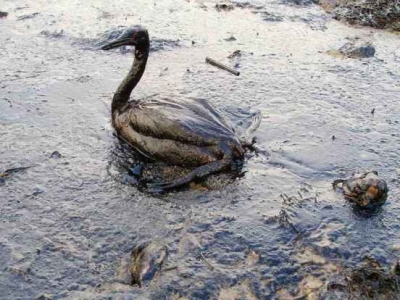

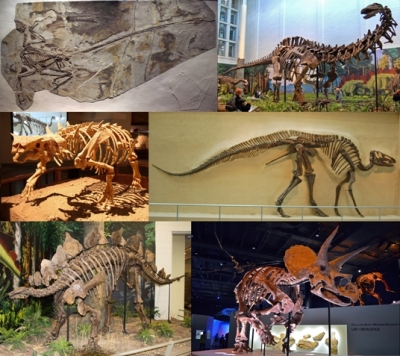
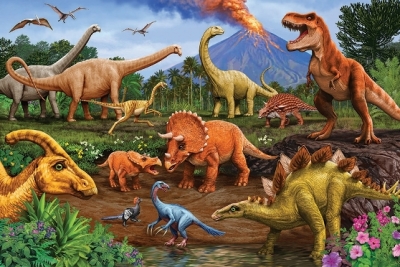
 Animals in Danger
Animals in Danger 

